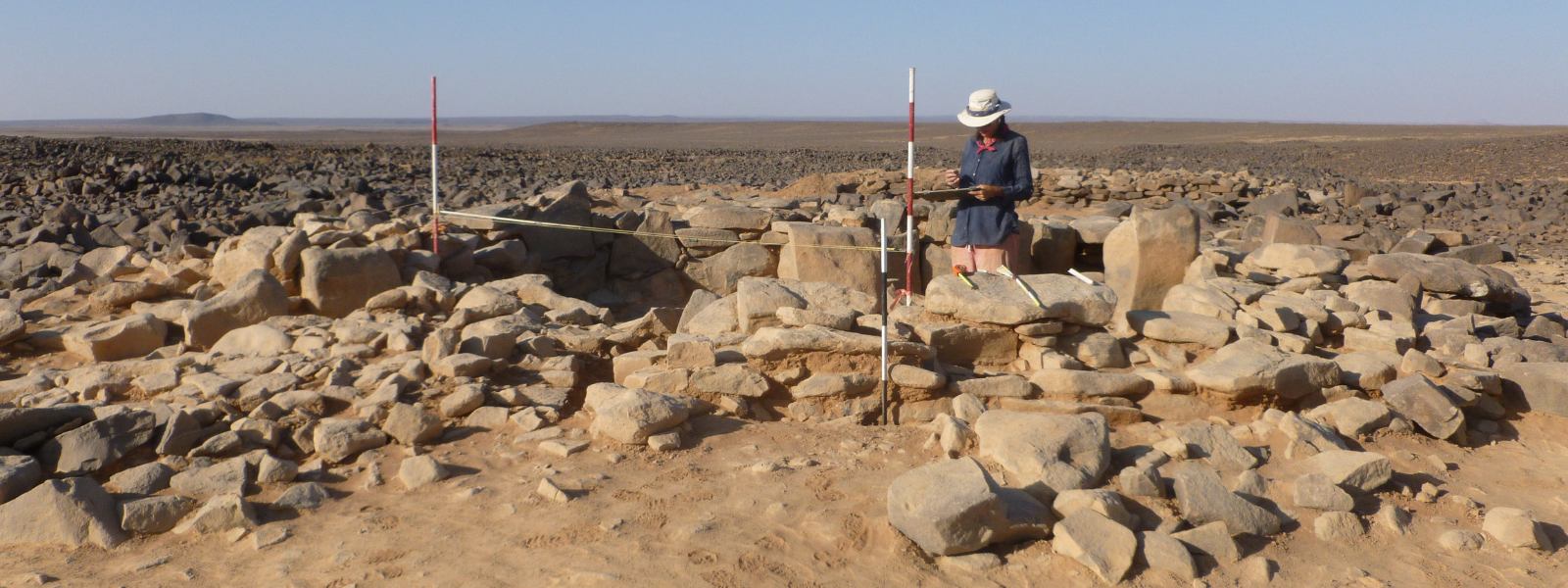
November 11, 2021, by lzzeb
COP26: crops for a changing environment
A blog by Matt Jones and Malcolm Bennett
Human societies have been dealing with climate change for a long time. It is therefore not a new concern as such, but it is one that has been exacerbated in recent decades by our own activities and global awareness. Agriculture is impacted by, and impacts, the climate and environment in numerous direct and indirect ways, and has done so for millennia. How can we understand these impacts, while also preparing for an uncertain future? One way is to look back at the past, exploring which plants have succeeded in different climates. We can also prepare for the future by improving plants’ abilities to withstand environmental stress – be that increased rainfall and/or flooding, or periods of drought.
The Future Food Beacon at the University of Nottingham is exploring past agricultural practices in various ways. Palaeobenchmarking Resilient Agricultural Systems is made up of a number of case study projects to understand parts of this complex system. Using pollen analysis, we can explore, for example, how plant types (both wild and domestic) have changed during past periods of climate change. We can see evidence of previous climates in lake sediments by measuring the chemistry of the mud settled on the bottom. The chemistry records the water conditions at the time the mud settled, and those conditions are often connected to the climate, and more recently, people’s impacts on lake systems. We can also learn from and feedback to traditional, small-scale farming techniques of key staple crops like maize to identify practices that are adaptable to various environmental conditions.
How can we secure agricultural crops that withstand the more unpredictable nature of weather systems during periods of climate change? Why are some crops tolerant of one stress or another while others fail? To understand how plants respond to environmental stress we are investigating how their roots respond to water availability. Non-invasive X-ray CT imaging equipment at the university’s Hounsfield Facility has enabled us to study how root systems change shape in response to soil moisture. For example, when roots are in contact with moist soil on one side, they preferentially branch on just this root side to search out water and associated soluble nutrients using a response called lateral root hydropatterning. However, when roots lose contact with moist soil entirely, they stop branching altogether using a response called Xerobranching.
These examples illustrate how closely linked plant development is to a critical environmental signal like water. Soil moisture availability is usually greater in agricultural soils the deeper a crop root is able to penetrate. Rooting depth is largely determined by growth angle and its ability to penetrate harder soils, so understanding how both processes are regulated is vital for breeding future crops. Our team recently identified a new barley gene controlling steeper root angle and a plant signal (called ethylene) that stops roots growing into hard soils. Our discoveries create new opportunities to improve these important traits in crops, and aid efforts to future proof crops to climate change.
“We can prepare for the future by improving plants’ abilities to withstand environmental stress.”
Malcolm Bennett
It’s hard to pick climate change apart from other pressures on the global agricultural system. Discussions of past, present and future societies dealing with climate change cannot occur without recognising the social and economic factors that are also involved in good or bad, sustainable or short-term choices. A warmer world with more extreme weather events will put pressure on agricultural systems, but so does an increasing global population and inequalities in access to the international food market. The challenge is to find solutions that move towards positive outcomes for all stakeholders across those spaces.
For more blogs associated with COP26 please visit:
https://www.nottingham.ac.uk/vision/environment/environment.aspx
No comments yet, fill out a comment to be the first

Leave a Reply